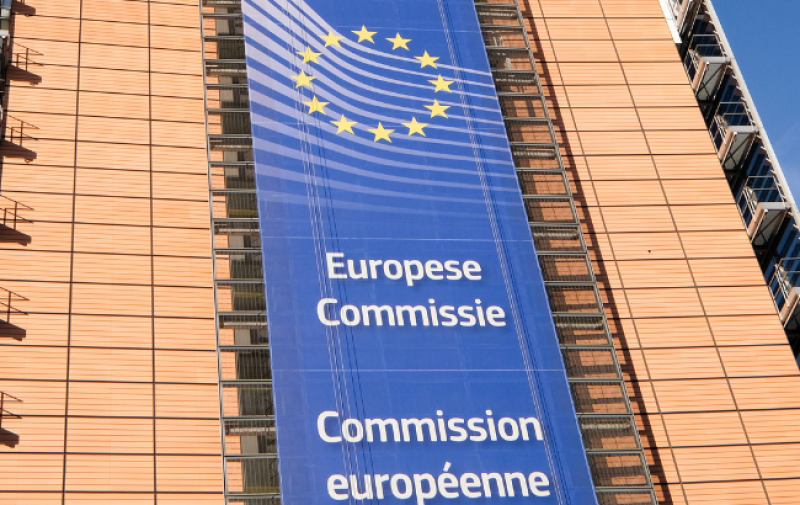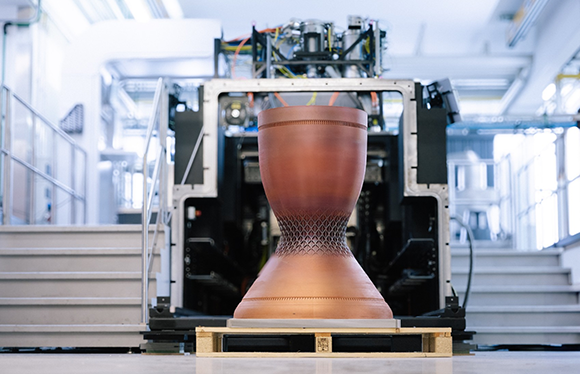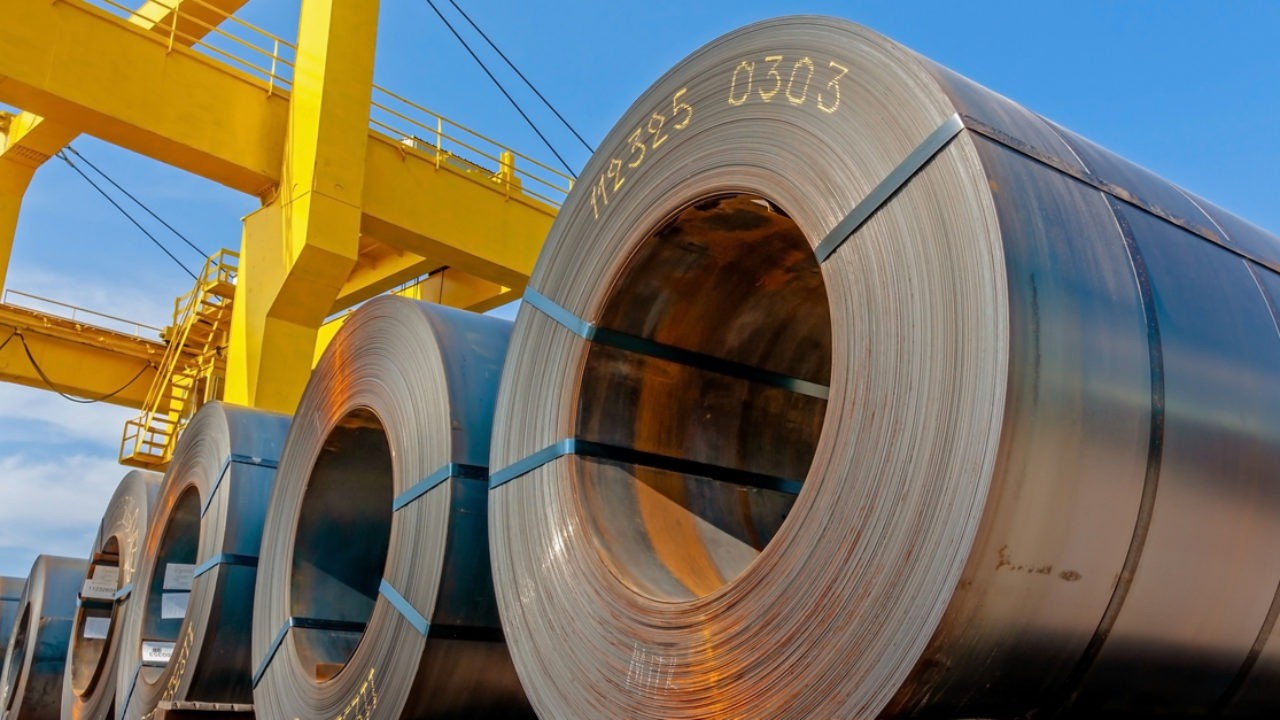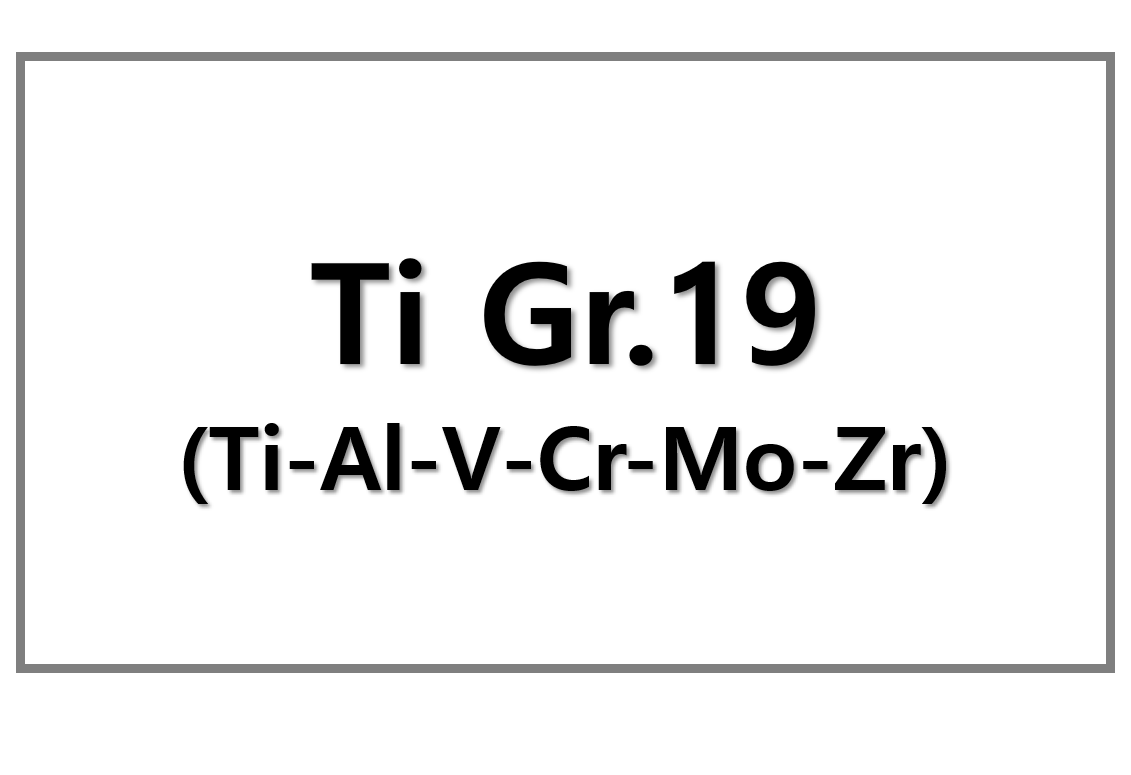
European Commission moves to protect heavy industry with tax relief and energy market reforms
The European Commission has unveiled a draft action plan to counter escalating energy costs and protect Europe’s industrial base. The plan warns that high electricity prices, compared to global competitors like the U.S. and China, could lead to accelerated deindustrialization across the European Union.
At the heart of the proposal is a recommendation to allow EU member states to lower electricity taxes for energy-intensive industries—potentially down to zero. The non-binding guideline is aimed at easing energy burdens for sectors vital to EU competitiveness, such as steel, aluminum, and chemical production.
Action Plan Calls for Market Integration and Clean Energy Incentives
In addition to tax reform, the Commission is pushing for broader market integration through the creation of an EU energy union task force. The plan includes an electrification roadmap, enhanced digitalization, and a new heating and cooling strategy—all designed to accelerate the transition to clean energy while improving affordability.
The Commission intends to publish a white paper on deeper electricity market integration in early 2026, including reforms to remove non-energy components from energy bills and improve consumer flexibility. A revision of the outdated 2003 Energy Taxation Directive is also under discussion, although unanimous member state approval remains a challenge.
Industries and Policymakers Await Next Steps
The initiative comes at a time of mounting concern over industrial competitiveness, especially in heavy manufacturing sectors. European producers have long warned that energy costs threaten job retention and future investment in the region.
By combining power purchase agreements (PPAs) with contracts for difference (CfDs), the Commission expects to improve price predictability for large-scale electricity buyers. Additionally, new rules for long-term forward contracts and tariff methodologies are on the table, aiming to provide relief by 2026.
The Commission estimates that 50% of cost relief will come from fossil fuel displacement, 30% from electrification and efficiency, and 20% from improved grid flexibility. If adopted, the plan may realign Europe’s energy market with its climate goals—while safeguarding its industrial heartland.











Leave a Reply
You must be logged in to post a comment.